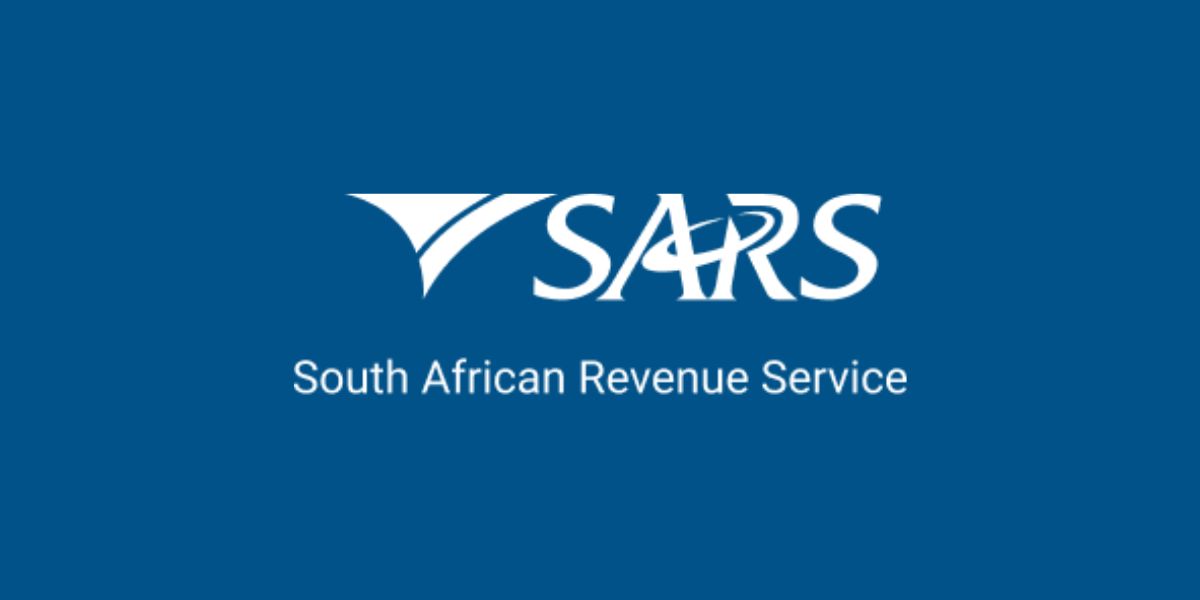Beginning on 1st April 2018, the value added tax (VAT) rate is scheduled to increase to 15% from previous 14%. Generally, most transactions occurring on or after April 1, 2018, will be subject to VAT at the new rate unless a special time of supply rule or a rate specific rule applies.
The VAT rate to be applied to sales of fixed or real property (other than fixed property to be used as a dwelling) is based on a determination when registration in the deeds office happens—if before 1 April, the 14% rate will apply and if registration occurs after 1 April, the 15% rate will apply.
In general, with regards to sales of fixed (real) property, the “time of supply” is the earliest of: (1) the time any payment of the consideration is made; or (2) the date of registration in the deeds office. However, the output tax and input tax amounts are generally only payable (or claimable) after the time of supply has occurred, but only to the extent to which payment that discharges the obligation under the purchase price is made in part or in full. In other words, for fixed property sales, VAT is generally accounted for when the payments are made.
An anti-avoidance provision provides that when a payment that discharges the purchase consideration (in part or in full) between 21 February 2018 (the date the rate increase was announced) and 1 April 2018, but the registration of the fixed property in the deeds registry takes place on or after 22 April 2018, the sale will be subject to the VAT rate of 15%, unless the vendor can prove that it customarily receives payment of the purchase consideration before date of registration.














